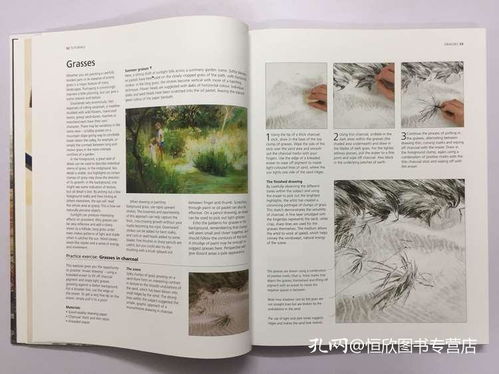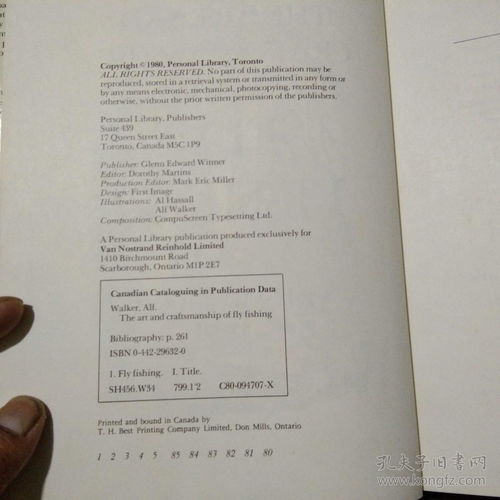Introduction:
Fishing, an ancient pastime that has stood the test of time, offers a serene escape from the hustle and bustle of daily life. Whether you're a seasoned angler or a beginner looking to cast your line into the unknown, mastering the art of fishing is essential. One of the fundamental skills every angler must learn is how to properly use a fishing rod and execute the perfect cast. In this comprehensive guide, we'll delve into the world of fishing rods and casting techniques, providing you with the knowledge and confidence to become a proficient angler.
Understanding the Fishing Rod:
Before we dive into the casting techniques, it's crucial to understand the different components of a fishing rod. A typical fishing rod consists of the following parts:
- Handle: The grip where you hold the rod. It can be made of cork, foam, or plastic.
- Guides: Small rings that run along the rod's length, guiding the line to the tip.
- Tip: The end of the rod where the line is attached. It's designed to flex and transfer the energy from the cast to the line.
- Blank: The hollow tube that runs from the handle to the tip, providing the structure and backbone of the rod.
- Reel Seat: The part where the reel is attached to the rod.
Selecting the Right Fishing Rod:
The first step in using a fishing rod effectively is choosing the right one for your needs. Here are a few factors to consider:
- Length: The length of the rod determines how far you can cast and how much control you have over the fish once you've hooked it. Longer rods are better for casting over long distances, while shorter rods are more versatile for close-range fishing.
- Action: The action of a rod refers to how it bends when pressure is applied. Fast-action rods bend towards the tip, providing sensitivity and power for casting and reeling in fish. Slow-action rods bend closer to the handle, offering more flexibility and allowing for longer casts.
- Power: The power of a rod refers to its resistance to bending. Light-power rods are ideal for small, delicate fish, while heavy-power rods are better for larger, stronger fish.
Casting Techniques:
Now that you have the right rod, it's time to learn how to use it effectively. Here are some essential casting techniques:
Preparation:
- Attach your line to the reel, making sure it's tight and secure.
- Attach the lure or bait to the end of the line.
- Hold the rod with a comfortable grip, using both hands if necessary.
- Position your feet shoulder-width apart, with one foot forward for better balance.
Backcast:
- Begin by bringing the rod back over your head in a smooth, controlled motion.
- Keep the line taut, but allow it to flow freely through the guides.
- The rod should bend towards the handle as you bring it back.
Forward Cast:
- After completing the backcast, begin to bring the rod forward, pointing it towards your target.
- As the rod approaches the target, stop the forward motion abruptly to launch the line.
- The rod should straighten out as the line leaves the tip.
Reeling In:

- Once you've cast your line, wait for the lure or bait to reach the water.
- Begin reeling in the line slowly, watching for any signs of a bite.
- If you feel a tug or a pull, set the hook by quickly lifting the rod upwards.
Advanced Techniques:
As you become more comfortable with the basics, you can experiment with advanced casting techniques to increase your chances of catching fish:
- Overhead Cast: Ideal for casting over obstacles or to a target that's behind you.
- Sidearm Cast: Useful for casting to targets on your side or to navigate around obstacles.
- Pitch Cast: A short, accurate cast used for placing lures or bait directly in front of a fish.
Conclusion:
Mastering the art of fishing, particularly the use of a fishing rod and casting techniques, is a journey that requires patience, practice, and a willingness to learn. By understanding the components of a fishing rod, selecting the right equipment, and mastering the casting techniques, you'll be well on your way to becoming a proficient angler. Whether you're targeting trout in a mountain stream or bass in a local lake, the skills you acquire will serve you well as you enjoy the great outdoors and the timeless tradition of fishing. Happy casting!












